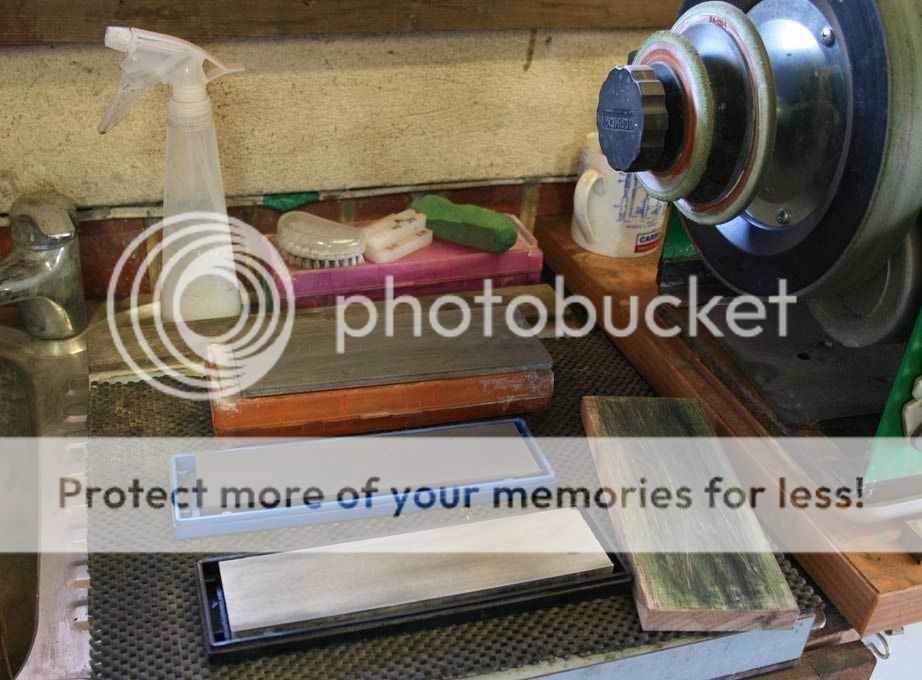technium
Established Member
Good thread. Ive just purchased some of those diamond plates from ITS thats mentioned in another thread and aswell as those ive purchased a thick piece of leather to use as a strop for the final stage but wondered what this 'green' compound is that you use so I can buy some of that ready. I plan on making a holder like Paul Sellers uses for the 3 plates and leather.
Colin
Colin





